Wildflowers of Grand Teton
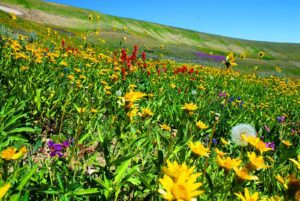
As the weather begins to warm, all sorts of wildflowers start to poke their heads above the snow. Though we’re still a few months from prime wildflower season, now’s the time to start planning the trip to see them. Here are a few of the most common Jackson Hole wildflowers you’re likely to encounter this summer:
Alpine Forget-me-not
Eritrichium nanum
Appearance: This sweet wildflower boasts azure petals and a bright yellow center, making it a sight for sore eyes after a grueling hike to the peak.
Where to find it: The alpine forget-me-not only blooms on the highest peaks—between 7,500 and 10,000 feet.
Bloom season: Between June and September.
Fun facts: The alpine forget-me-not is the official flower of Grand Teton National Park and can be used as an astringent in poultices for wounds to tighten tissues.
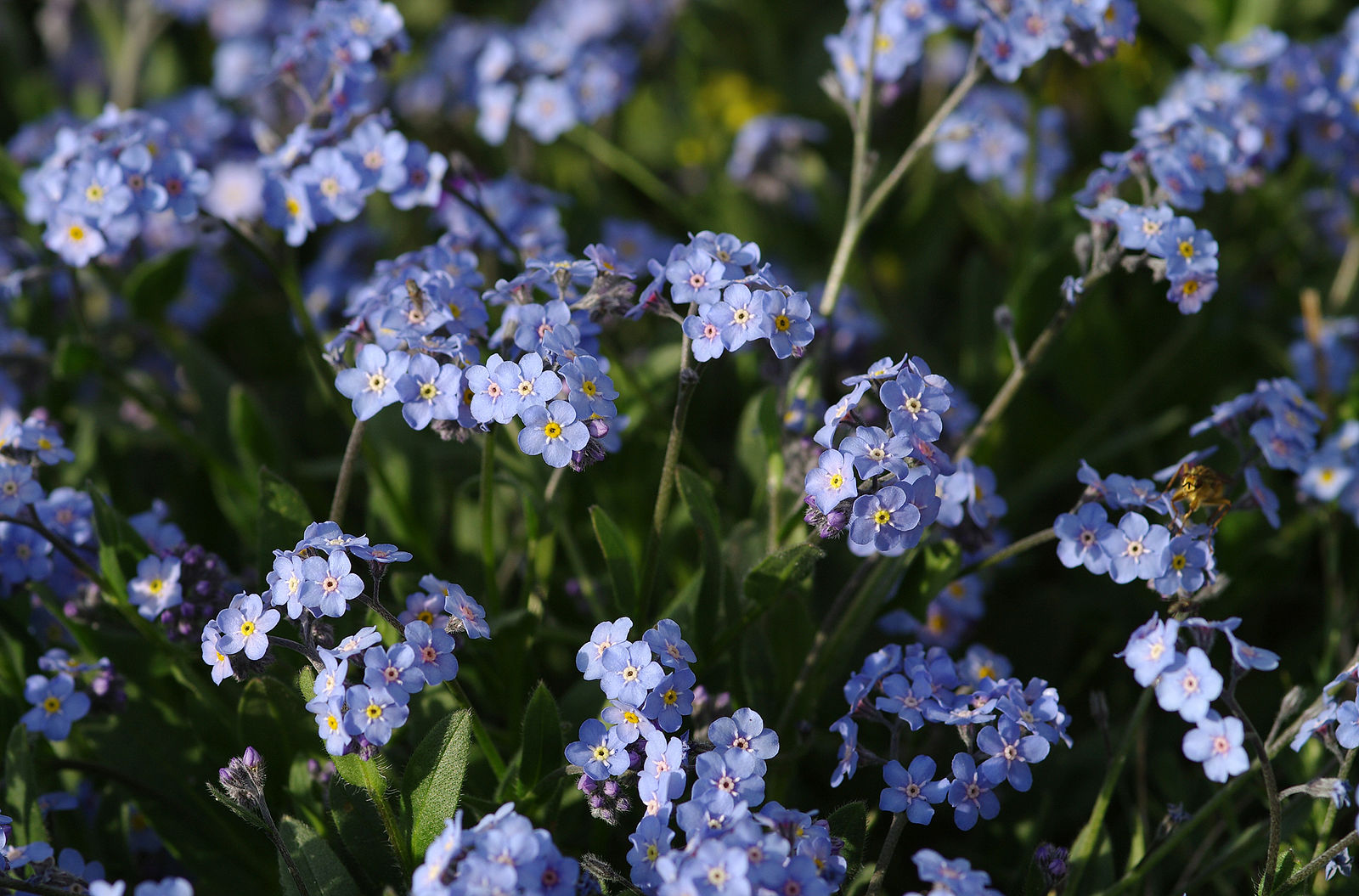
Heartleaf Arnica
Arnica cordifolia
Appearance: While technically a sunflower, it is much shorter (between 4 and 24 inches tall) and lacks the distinctive center that many sunflowers have. The heatleaf arnica flower has bright yellow petals and cute heart-shaped leaves.
Where to find it: Being a dominant ground cover, the heartleaf arnica is not difficult to find in Grand Teton’s forest community.
Bloom season: Late May through July.
Fun facts: Native Americans used the root of heartleaf arnica to treat sore throats, aching teeth, cuts, and bruises.
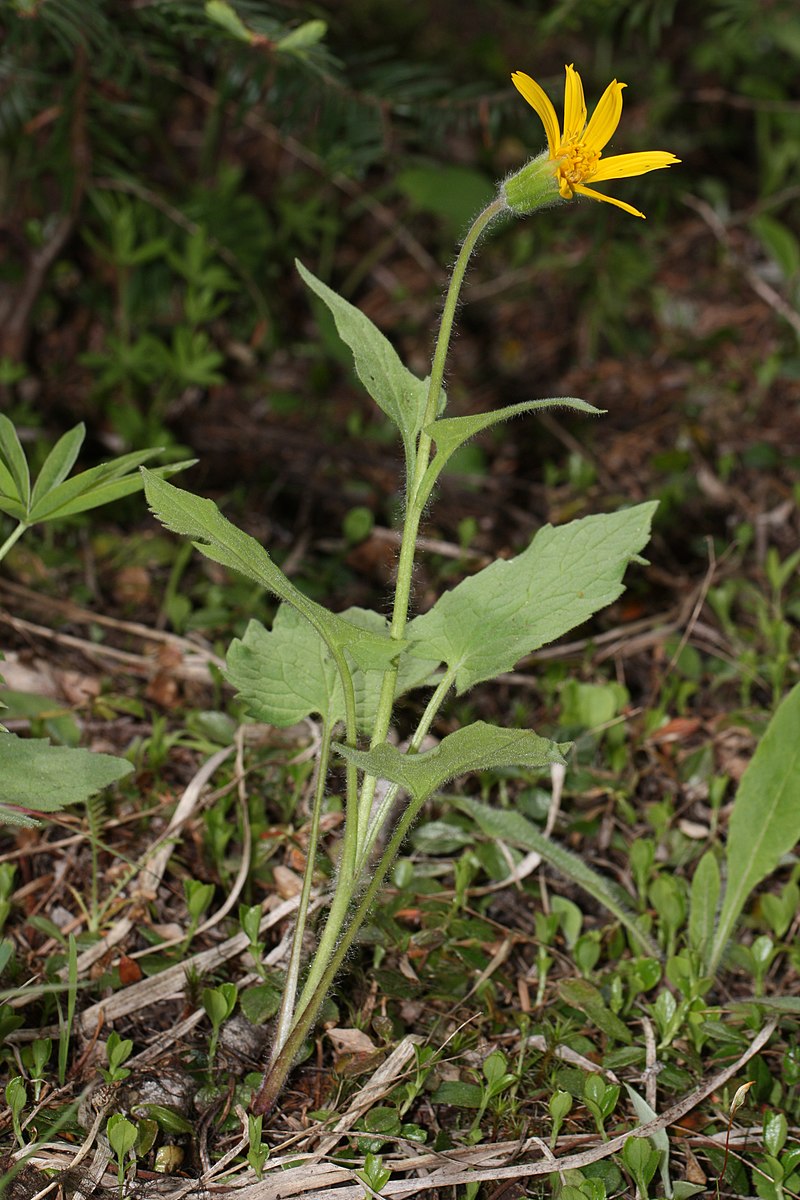
Mountain Bluebell
Mertensia ciliate
Appearance: As you might gather from the name, the mountain bluebell flowers resemble little hanging bells. They are blue and slowly turn a pink-ish purple as they age.
Where to find it: Can be found throughout the meadows.
Bloom season: Late May through August.
Fun facts: Mertensias are often called “Lungworts” after a European species with spotted leaves that was believed to be a remedy for a lung disease.
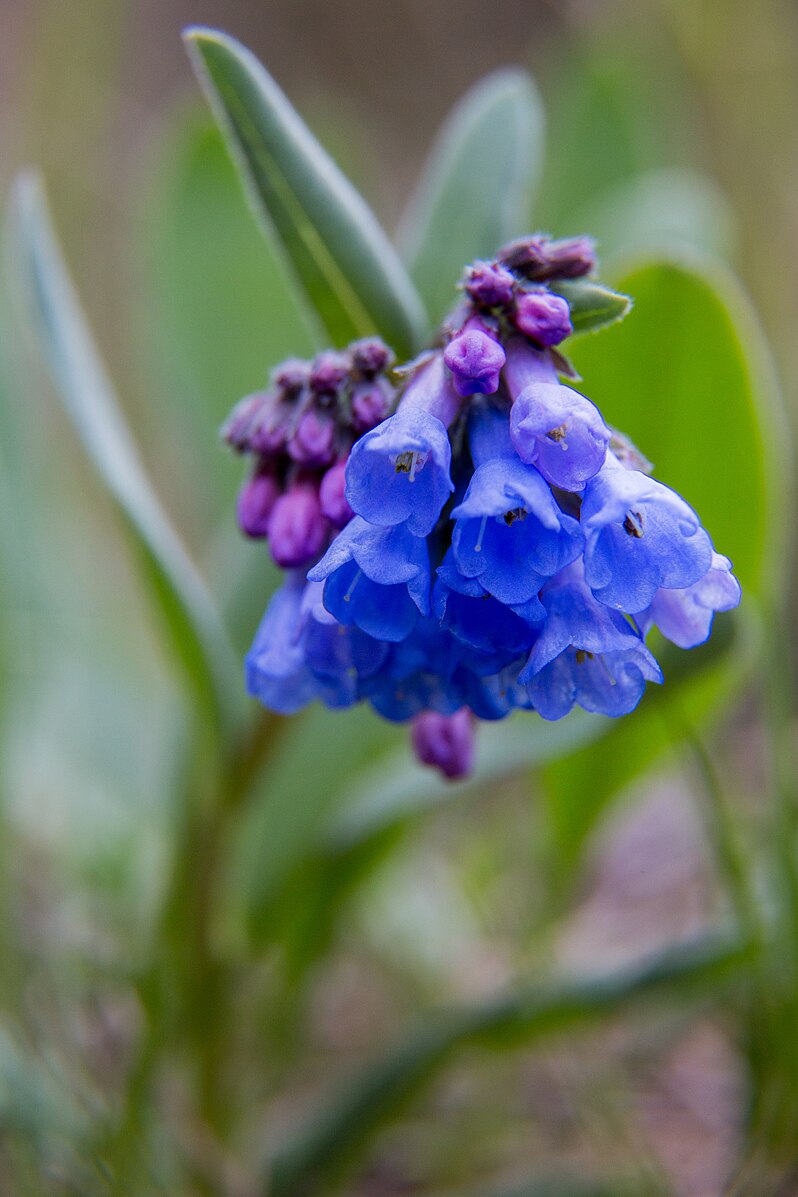
Silky Lupine
Lupinus sericeus
Appearance: The silky lupine grows up to 1-3 feet tall with green, silky leaves. Its standout feature is its colorful flowers, which can be purple, blue, pink, or white. These flowers grow in clusters and attract bees and butterflies.
Where to find it: They are typically found in the sagebrush communities of Grand Teton National Park, but can also establish themselves in disturbed areas.
Bloom season: Late May or early June.
Fun facts: Silky lupines and sheep don’t mix. The flowers are highly toxic to our woolly friends.
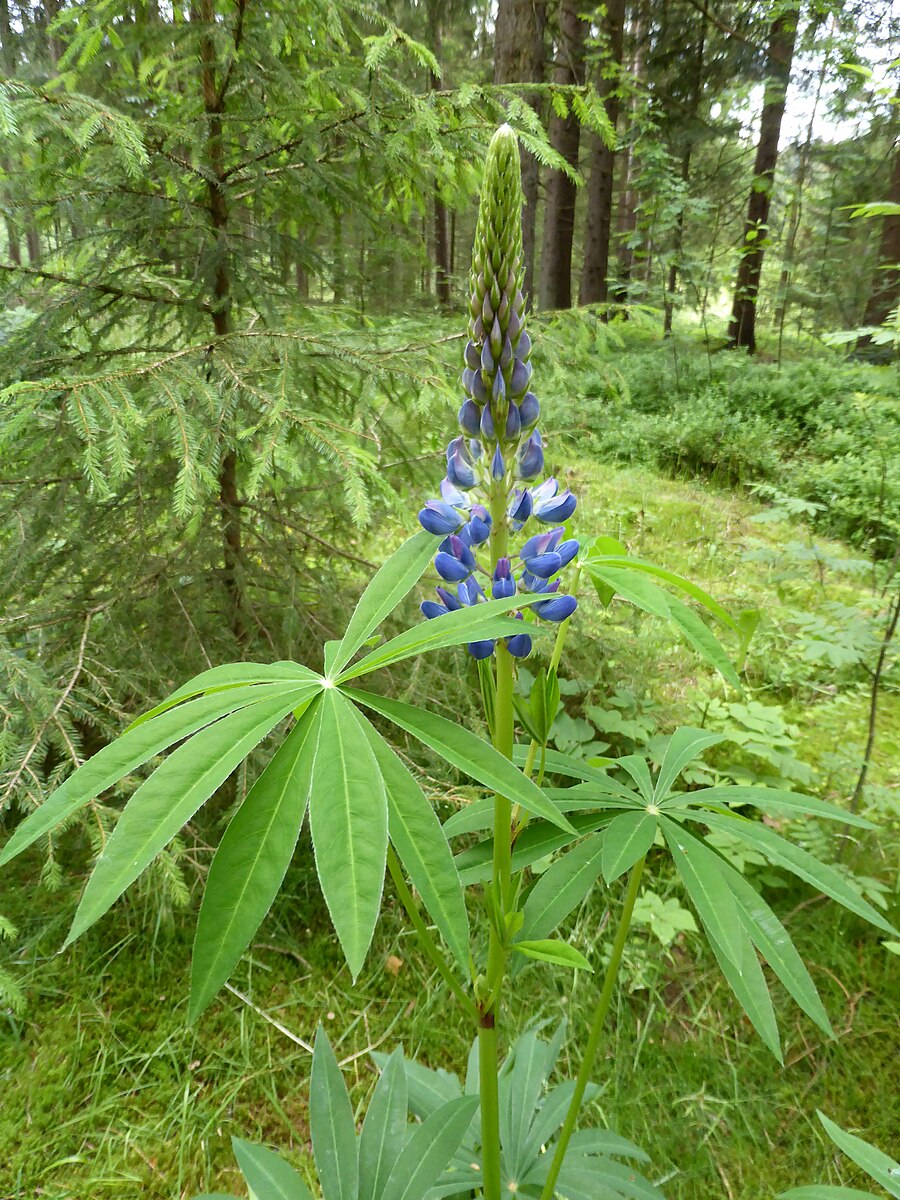
Lewis’s Monkey Flower
Mimulus lewisii
Appearance: Pink with a yellow interior. To the untrained eye, it looks a little like a hibiscus flower you see in Hawaii.
Where to find it: Marshy areas and stream banks.
Bloom season: Late June to August.
Fun facts: Lewis’s monkeyflower is named after Meriwether Lewis of the Lewis and Clark expedition, who first cataloged the wildflower on his journey west.
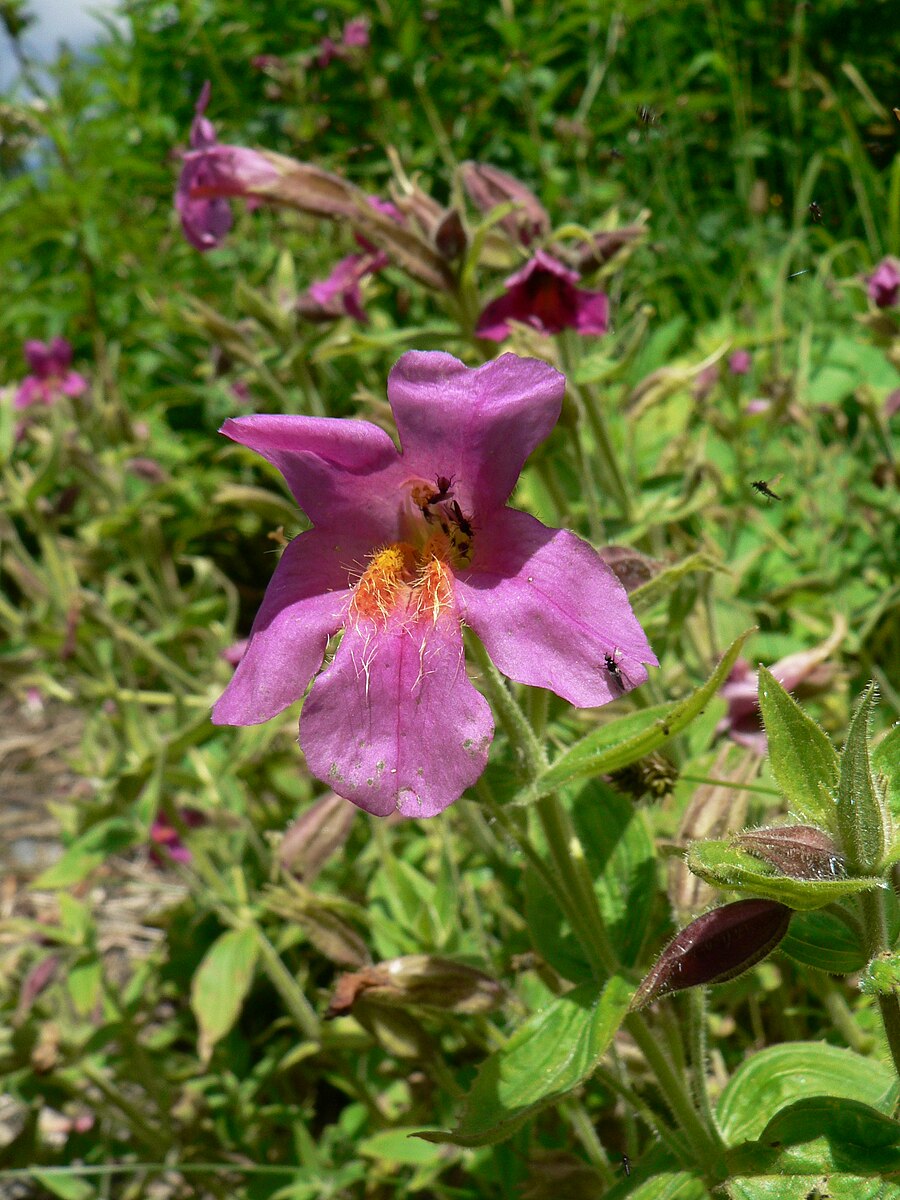
Indian Paintbrush
Castilleja linariifolia
Appearance: Stems that end in clumps topped by bright-red, paintbrush-like tufts. It looks, as you might expect, a bit like a paintbrush.
Where to find it: All over the place. Grasslands, sagebrush, and woodlands.
Bloom season: April through October.
Fun fact: The Indian paintbrush is the official state flower of Wyoming.
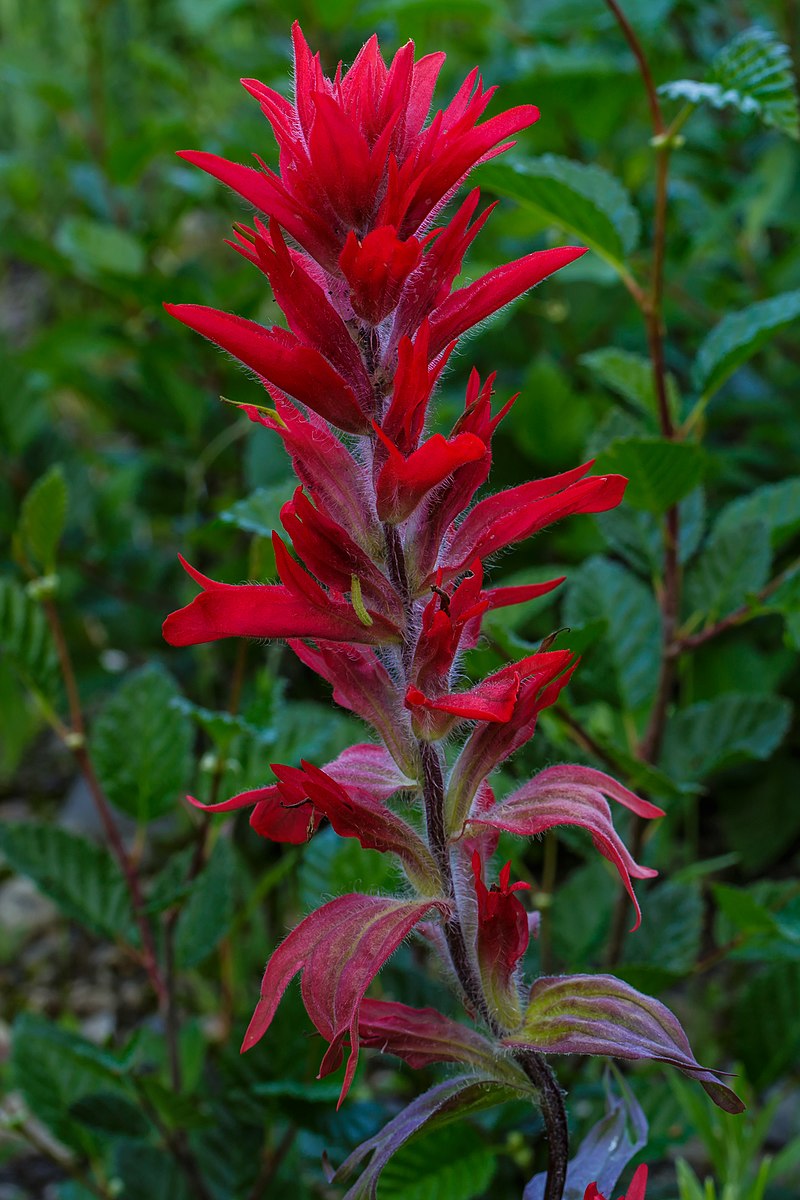
This post is brought to you by Flat Creek Inn.
***
Breanne Kunz was raised in the Pacific Northwest but grew up spending summers in Idaho and frequently visiting Jackson Hole, Grand Teton National Park, and Yellowstone National Park. She is a wife and mom who likes to write. She loves looking at wildflowers, but cannot identify them to save her life.

